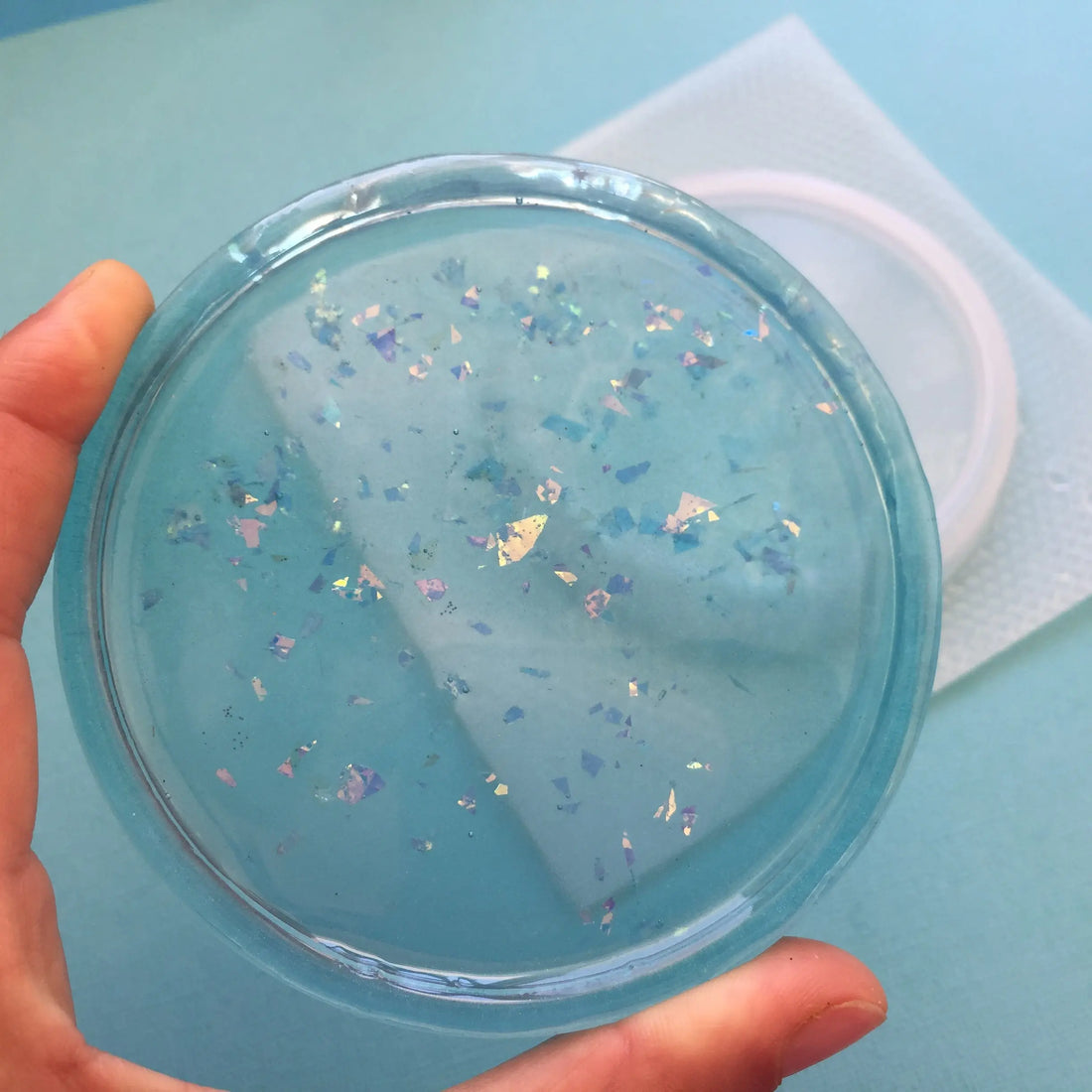
How to Care for your Plastic Molds
Share
Whether you are using plastic molds or silicone molds, it's important that you know how to care for your molds. By knowing this, you will be able to reduce damage to them and as a result they will last you much longer.
In this blog post I will be going through some tips to help you care for your plastic molds.
Before using plastic molds
Before using any of your plastic molds you need to consider whether you need to use mold release or not. Some plastic mold makers recommend that mold release is used for their molds. So it would be best to ask the mold maker or check their website beforehand. In my case, I have never had the need to use mold release when working with plastic molds, and also none of my plastic molds require mold release to use.
When you use plastic molds (that require mold release) without applying mold release first, you will risk damaging your molds or worse destroy them.
Another important thing to ensure before you use the molds is that the mold is leveled. Most handmade molds will not have an in-built leveler in the mold itself (like factory manufactured plastic molds). Therefore you will need to level them prior to use. For practicality I usually prefer to balance the mold using other molds (which I'm not using at that point in time). In most cases this works perfectly well.
Another option is to fill a bowl with rice or sand and place the mold on top of the rice/sand to keep it leveled. If you will be opting for this option and using rice, make sure to keep this rice saved away for crafting purposes only since it may be contaminated and not safe to eat.
Keeping your molds leveled before and when using them is important to have results with a flat even back. Also, it makes the de-molding process easier.
When using plastic molds
Do not use abrasive tools inside your molds. This can result in scratching the mold and these scratches will then always show up on all your future creations.
To avoid this from happening, try using silicone tools like the ones used for nail art. These are comfortable for resin crafting as they are very easy to clean afterwards.
In case you scratch your plastic mold by accident, you can use a thick glaze or dome with resin to remove the scratches from your finished piece.
De-molding your creations from plastic molds
Make sure to fill the mold up to the top for best results and to make the de-molding process much easier. If you fill plastic molds part way, not only will it be more difficult to get your creations out, but you will also strain the mold more and you will risk damaging it or reduce it's longevity.
For the same reason, you should always let your resin (or any other material) fully cure/harden before you attempt to de-mold your piece out of plastic molds.
Once your creation is fully cured, and before attempting to remove it from the mold, try and get air in between the mold and the creation. You can do this by twisting the mold gently from different sides. Do this until you get as much air in as possible, and then push out the piece from the center or from the deepest part of the mold. For a more in-depth explanation on this you can visit a dedicated Blog Post and you can also watch the video tutorial on YouTube.
Cleaning plastic molds
Always use soft brushes or sponges when you are washing plastic molds. This is for the same reasons mentioned above in section When using plastic molds.
💙 You can Download the Plastic Molds Care Sheet for free.
